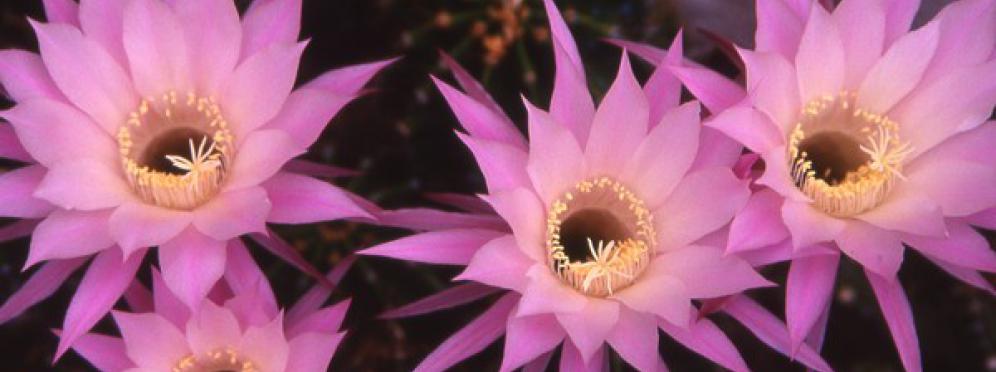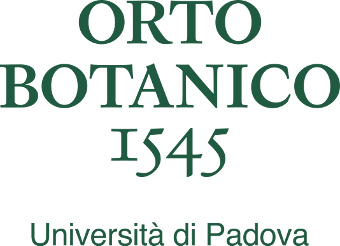Succulent plants
These plants have adapted to life in arid, extreme environments.

These plants have adapted to life in arid, extreme environments. Although they belong to various systematic groups, these plants have similar morphology (thorny leaves, photosynthetic stalks, succulent tissues) and functions (a particular form of photosynthetic metabolism), caused by their adaptation to the environment. Many of them develop specialised tissues that accumulate water (their cells have very large vacuoles often containing mucilage, to favour this function), and gradually release it when the plants can no longer obtain it from the soil. Examples of typical morphologies are prickly pear [Opuntia ficus-indica (L.) Mill.], with thorny leaves and flattened stalks, and golden barrel cactus (Echinocactus grusonii Hildm.), with large, thorny barrel-shaped stalks. In winter, the collection of succulent plants is housed in the third 19th-century greenhouse. Each summer, a desert environment is created outside, in front of the building called the "Prefect's House"; other plants of the collection are placed next to the buildings between the "botanical theatre" and the greenhouses; others are inside the circular wall near the four large gates.






